Quick trip to the Ione formation
Jun 26, 2005 metroadminThere are few opportunities to see an Oxisol outside of the tropics. The Ione soil is one example of an Oxisol formed in a tropical paleoclimate, protected by a layer of ironstone, and later exposed during recent times. This soil is thought to have originally formed from highly weathered alluvium washed down from the original Sierra Nevada (Eocene age) and deposited in a low energy environment. Subsequent uplift coupled with repeated wetting and drying cycles transformed plinthite near the surface into ironstone. This extremely hard surface of iron stone protected the underlying material from erosion, and was eventually buried by cobbly alluvium of similar age to that of the China Hat formation. Later uplift of the Sierra Nevada and the resulting erosion of overlying material re-exposed the Ione formation materials. Recent colluvial deposits have created a considerable layer of overburden, masking the properties of the original Ione material near the surface. The subsurface of this polygenic soil contained oxic horizons: a horizon with less than 10% weatherable minerals in the sand fraction and a high content of low activity clays such as kaolinite (Buol et al., 2003). In addition, redoximorphic features such as iron concretions and nodules were found throughout the oxic horizons. Concentrations of hematite, goethite, and plinthite were also visible in the oxic horizons (See Figure 1). For the classification of Oxisols, an otherwise xeric soil moisture regime is recognized as ustic in the Keys To Soil Taxonomy 9th edition. This characteristic coupled with a base saturation greater than 35% is recognized at the great group level classification of this soil: an Eutroustox.
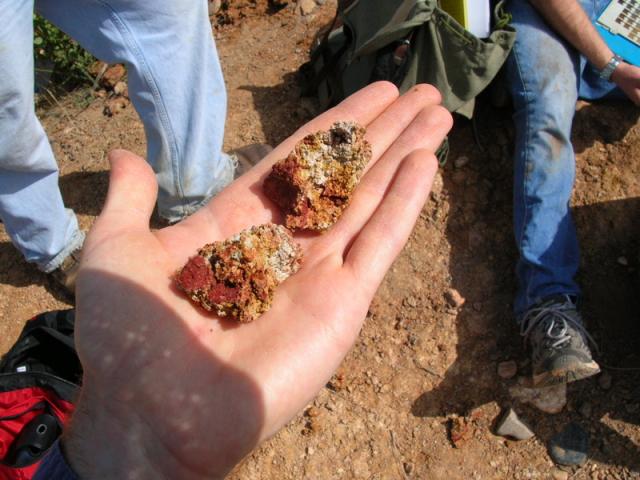 Fig 1: Ped Features |
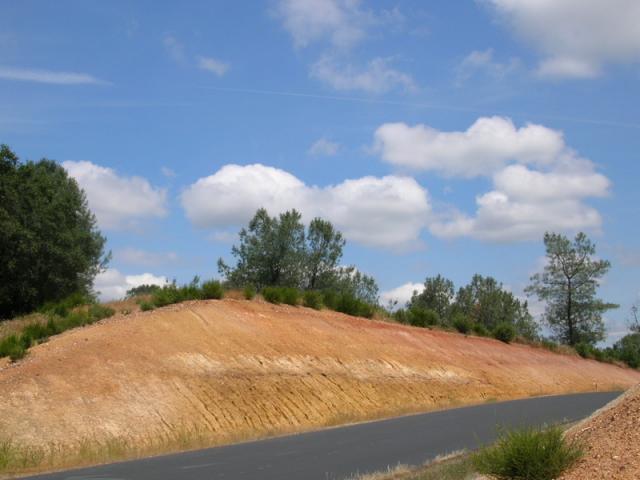 Fig 2: Road Cut |
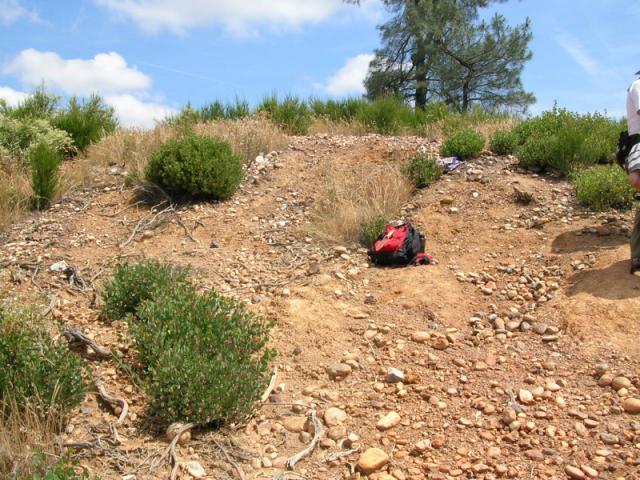 Fig 3: Exposed Surface |
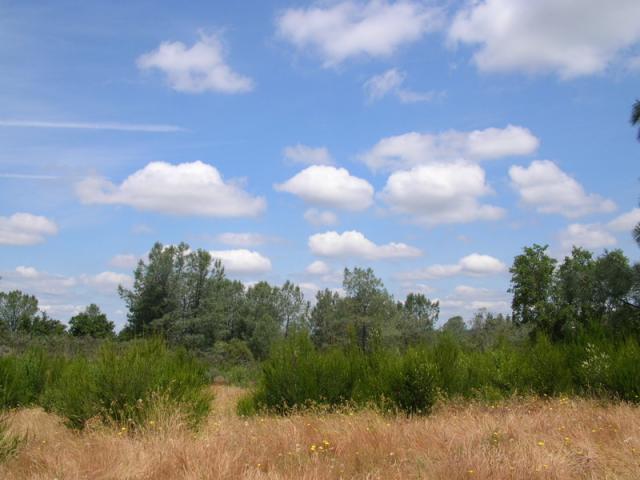 Fig 4: Landscape |
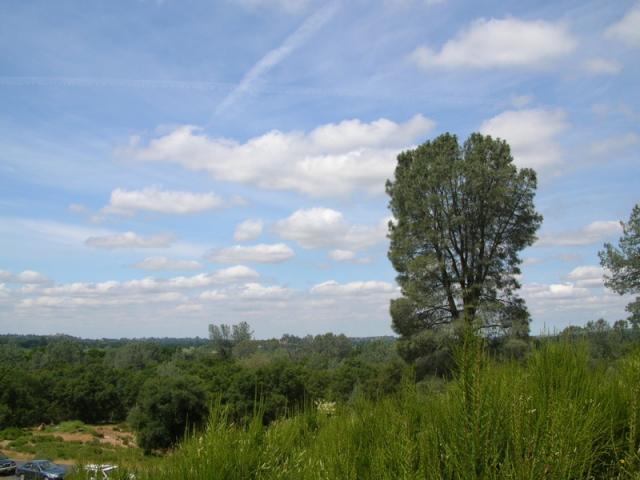 Fig 5: Another Landscape |
References
S. W. Buol, R. C. Graham, P. A. McDaniel, and R. J. Southard. Soil Genesis and Classification. Iowa State Press, Ames, Iowa, fifth edition, 2003.

